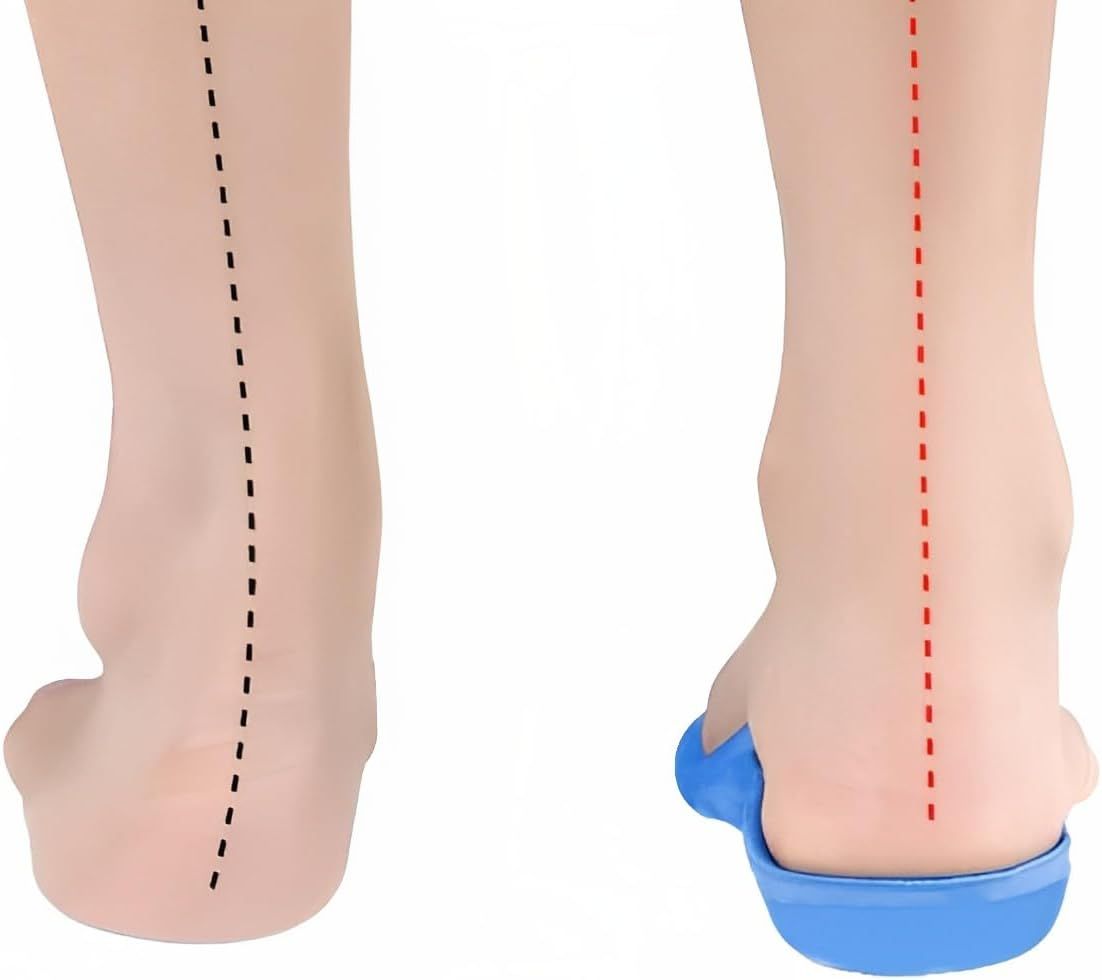

Chairside Orthotic Adaption Explained
7 Aug 2023

Chairside orthotic adaptation refers to the process of making adjustments or modifications to orthotic devices directly at the healthcare professional's office or clinic, typically during a patient's appointment. This approach allows for real-time customization of the orthotic to ensure a better fit and optimal function for the patient. Chairside adaptation is commonly used for custom-made orthotics to fine-tune their design and address any specific issues or discomfort experienced by the patient.
The chairside orthotic adaptation process involves the following steps:
Patient Evaluation: Before starting the adaptation process, the healthcare professional evaluates the patient's feet, lower limbs, and gait. They assess how the patient interacts with the orthotic and identify any areas of discomfort or potential improvement.
Identifying Issues: Based on the evaluation, the healthcare professional may notice certain pressure points, areas of rubbing or irritation, or other problems with the fit or function of the orthotic. These issues may arise due to individual variations in foot anatomy or specific foot conditions.
Modification Techniques: Using various tools and techniques, the healthcare professional performs chairside modifications to the orthotic. These modifications can include grinding, heat molding, cutting, or adding padding to specific areas of the orthotic to improve its contour and fit.
Real-Time Feedback: One of the significant advantages of chairside adaptation is that the patient can provide real-time feedback during the process. The patient can share how the orthotic feels as the modifications are made, enabling the healthcare professional to make immediate adjustments to achieve the desired fit and comfort.
Patient Education: Throughout the chairside adaptation process, the healthcare professional educates the patient on how to wear and care for the orthotic properly. This helps the patient understand the purpose of the modifications and ensures they are aware of the expected benefits of using the orthotic.
Follow-Up: After the chairside adaptation, the healthcare professional may schedule a follow-up appointment to assess the patient's progress and make additional adjustments if necessary. This follow-up helps ensure the orthotic is providing the intended benefits and that any lingering issues are addressed.
Chairside orthotic adaptation is particularly beneficial for patients with complex foot conditions or those who have difficulty achieving a comfortable fit with their orthotics. By customizing the orthotic in real-time, the healthcare professional can optimize its effectiveness and increase patient satisfaction with the treatment. It is important to note that not all orthotics may be amenable to chairside adaptation, and in some cases, more extensive modifications or remakes may be required for optimal results.
Slimflex Orthotics are widely used for modification as they are affordable, easy to modify, and aesthetically pleasing.
Orthotics are usually adapted with the below components.
Component Types and Typical Use
Metatarsal Pads - Various solutions to provide protection for the metatarsal area, with placement customised to the patient.
Valgus Pads - Designed to be inserted into the shoe (except diabetic patients) or attached to insoles to support the arches of the foot. Used for patients with fallen arches and flat feet causing pain in the arch area.
Cobra Pads - Provides support, cushioning, with some designs providing medial support and correction.
Metatarsal Bars - uniquely designed to cushion and support the entire metatarsal area. Ideal for treating metatarsalgia. Can be adjusted with some basic tools.
Heel Raises - Die cut firm EVA heel pieces for raising the heel. Can be used alone positioned below and insole, or bonded and/or adjusted for true patient customisation.
Heel Cushions - Cut cushioning heel peices used for comfort and pressure offloading. Use individually or bond to orthotic insoles and semi-bespoke devices to provide spot cushioning for boney spurs. Poron Urethene 4708 Medical Blue is often used for this.
Podotech Posting Components - The range consists of various wedges and add-on components which help with stablisation treatment. This range of materials requires nothing more technical than a pair of scissors and some double sided tape. Various posting degrees are available.




Legal
A. Algeo PTY LTD
Algeos.com.au, 74 Licola Crescent, Dandenong South, Vic 3175, Australia
Reproduction in whole or in part in any form without express written permission is prohibited.
Algeos.com.au, 74 Licola Crescent, Dandenong South, Vic 3175, Australia
Reproduction in whole or in part in any form without express written permission is prohibited.


